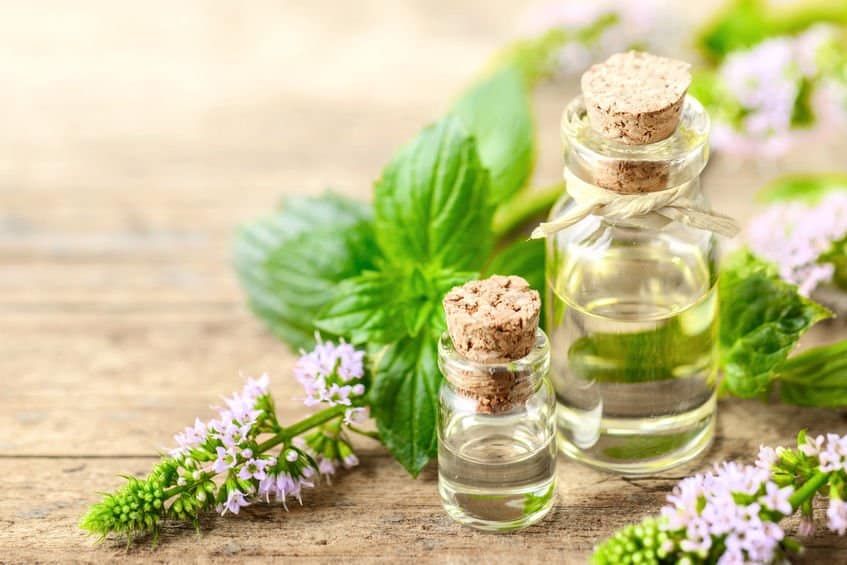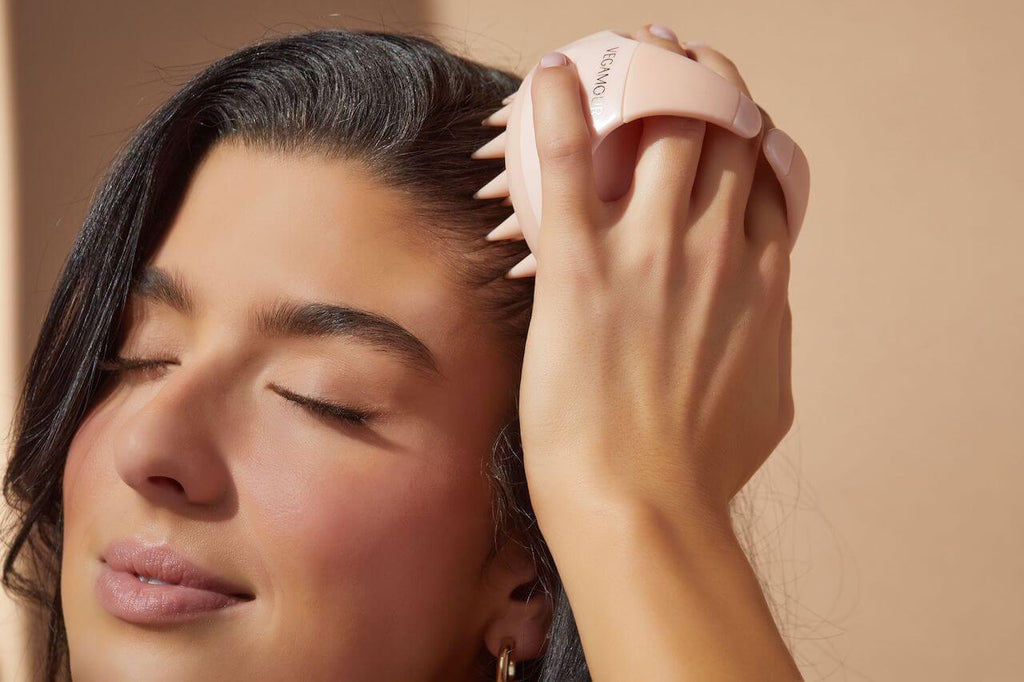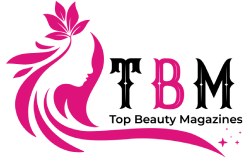Exploring the Benefits of Scalp Massages for Hair Health is not as difficult as you might think. In fact it will be life changing for your hair’s health. A strong connection exists between scalp health and overall hair well-being, given the direct influence on hair follicles and growth. The increasing popularity of scalp massages in hair care routines is evident, driven by their effectiveness in stimulating blood circulation, facilitating nutrient delivery, alleviating stress, and improving oil distribution. This rising trend reflects a heightened awareness of the holistic approach to achieving and maintaining vibrant and resilient hair.
Table of Contents
The Basics of Scalp Massages
A scalp massage is the therapeutic manipulation of the scalp’s soft tissues, promoting relaxation and overall well-being. Cultures worldwide have historically valued this practice for its holistic benefits. Techniques such as circular motions, kneading, and tapping have been employed to enhance blood flow and relieve tension, making scalp massages a time-honored tradition with culturally significant roots.

Scalp massages incorporate diverse techniques for relaxation and well-being. Circular motions enhance blood flow, kneading relieves tension, and tapping invigorates. These methods collectively contribute to a therapeutic experience, fostering both physical and mental rejuvenation, making scalp massages a versatile and effective practice for overall scalp and hair health.
Benefits of Scalp Massages
Scalp massages enhance blood circulation, promote relaxation, and nourish hair follicles, fostering healthier hair growth and preventing potential hair loss. Here are some major benefits of scalp massages.
Hair Growth
Scalp massages play a key role in stimulating blood circulation, ensuring effective nutrient delivery to hair follicles. This increased blood flow is vital for fostering healthier hair growth and preventing hair loss. By enhancing the supply of oxygen and essential nutrients, scalp massages contribute to the optimal functioning of hair follicles, promoting overall hair strength and resilience over time. Regular incorporation of scalp massages is essential for maintaining a conducive environment for vibrant and robust hair.
Reducing Stress and Tension
Scalp massages offer stress-relieving benefits by reducing tension and promoting relaxation. Lowering stress levels positively impacts hair health, as chronic stress is linked to conditions like hair thinning and breakage. By alleviating stress through regular scalp massages, individuals can create a healthier environment for their hair, supporting its strength, vitality, and overall well-being.
Oil Distribution and Moisture Retention
Scalp massages assist in evenly distributing natural oils from the scalp to the hair strands, preventing dryness. Adequate moisture is essential for improving overall hair texture, reducing frizz, and enhancing shine. These massages play a vital role in maintaining optimal hydration levels, ensuring healthier, more vibrant hair with a smoother and more nourished appearance.
Dandruff and Scalp Conditions
Consistent scalp massages contribute to managing scalp conditions like dandruff by promoting a healthier environment and improved blood circulation. Enhancing the massage routine with essential oils or medicated oils, such as tea tree oil with its anti-dandruff properties, can further amplify these benefits. Tailoring the choice of oils to specific scalp issues provides a targeted and effective approach to address various dermatological concerns during scalp massages.
Choosing the Right Oils
Choosing the right oils for scalp massages is crucial. Coconut oil is lauded for deep conditioning, jojoba oil mimics the scalp’s natural oils, and tea tree oil offers anti-dandruff properties. Coconut oil nourishes and strengthens, jojoba oil balances oil production, and tea tree oil soothes an irritated scalp. Consider individual needs and hair types when selecting oils, ensuring they align with desired outcomes. This guide empowers individuals to make informed choices, optimizing the impact of scalp massages on overall hair and scalp health.

Performing Scalp Massage at Home
Performing a scalp massage at home is a simple and relaxing process. Here’s a step-by-step guide:
- Step 1: Prepare the Area
Begin in a comfortable and quiet space. Ensure your hair is dry and detangled. - Step 2: Choose Your Oil
Select an oil based on your needs—coconut for deep conditioning, jojoba for balance, or tea tree for scalp issues. - Step 3: Warm the Oil
Gently warm the chosen oil to enhance its effectiveness. Be cautious not to overheat. - Step 4: Section Your Hair
Divide your hair into manageable sections to ensure thorough coverage. - Step 5: Apply the Oil
Start applying the oil to the scalp using your fingertips. Begin at the front and work towards the back.

- Step 6: Massage Techniques
Use circular motions with gentle pressure. Incorporate kneading and tapping for variety. Focus on areas of tension or discomfort. - Step 7: Cover Your Hair
Once the scalp is well-massaged, distribute the remaining oil along the length of your hair. Comb through if needed. - Step 8: Warm Towel Wrap
For added relaxation, wrap your head with a warm towel. Leave it on for 15-30 minutes to allow the oil to penetrate. - Step 9: Shampoo and Rinse
Wash your hair with a mild shampoo to remove excess oil. Follow with conditioner if desired. - Step 10: Optional Tools
Enhance the experience with tools like a scalp massager or a wide-toothed comb. These can help increase blood circulation and distribute oil more evenly.

Consistency
For optimal benefits, include scalp massages in your routine at least once a week. Consistency is crucial for nurturing a healthy scalp and promoting optimal hair growth. Regular massages enhance blood circulation, nutrient delivery, and overall relaxation. Adjust the frequency based on your hair and scalp needs, but aim for a consistent schedule. This dedicated approach will significantly contribute to improving your hair’s texture, strength, and overall well-being over time.
